Physiotherapy for hip and thigh
Hip pain is present across the lifespan, becoming more prevalent as we age. The most common hip pathology presented to physiotherapy is hip osteoarthritis (OA). Between 2017-2018, 2.2 million Australians reported having OA, with over half of these individuals having hip OA (AIHW, 2022: Bennell et al., 2021). With Australia’s ageing population, this number is set to continue to rise (Australian Physiotherapy Association, 2020).
Other common diagnoses of the hip and thigh region include gluteal tendinopathy, acetabular labral tears, hamstring and adductor strain and piriformis syndrome. Gluteal tendinopathy is mostly prevalent in women aged 40 years or over, with up to 23.5% of women and 8.5% of men aged between 50-70 years being affected by this condition (Segal et al., 2007). Acetabular labral tears (ALT) are a relatively new term in hip pathology and the prevalence of ALT in patients with hip or groin pain has been reported as 22-55% of cases (Orbell & Smith, 2011). Hamstring and adductor strain is a common cause of posteromedial leg and groin pain, especially among athletes, accounting for up to 31% of physiotherapy visits (Kiel & Kaiser, 2022). Piriformis syndrome (PS) is a musculoskeletal condition, which results in dysfunction of the piriformis muscle, which is one of the lateral rotators of the hip (Hopayian et al., 2010). PS is responsible for 0.3-6% of cases of lower back pain, and in most cases, patients present with typical sciatica symptoms (Probst et al., 2019). Most often, PS occurs mainly in middle-aged patients, with a ratio of women to men affected is 6:1 (Probst et al., 2019)
